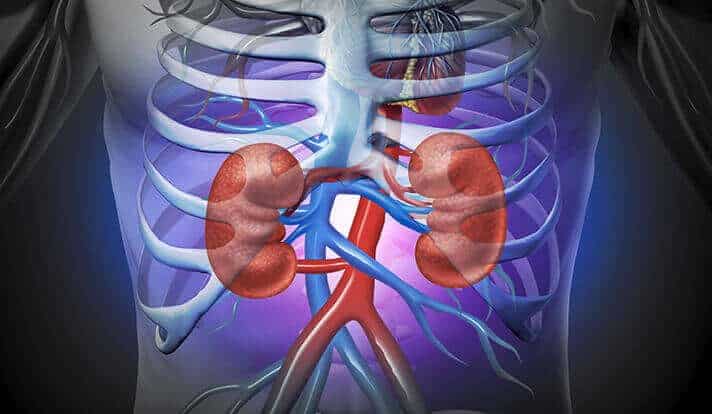One in four patients treated with the widely used anti-cancer drug cisplatin develop chronic kidney disease. To better understand how the treatment leads to kidney damage, and possibly prevent it, a team of researchers at Yale School of Medicine developed a new 3D-imaging technique to peer deep into these vital organs.
Their study was published online Aug. 24 in the Journal of the American Society of Nephrology.
Using a mouse model, the Yale team, led by professor of nephrology Dr. Robert Safirstein, administered doses of cisplatin two weeks apart. To examine the effect of the drug on kidneys, the researchers combined a powerful imaging technique, multiphoton microscopy, with a clearing solution that produced high-resolution 3D images of the organ.
The novel strategy provided an unusually deep view of the kidney’s internal structures. “Before this technique, you could only look at the very superficial surface, so you really couldn’t examine the entire kidney,” said Safirstein.
To their surprise, the researchers uncovered evidence that the kidneys failed and developed damaged tubules (key structures that the kidney uses to transport fluids) before damage was detectable through more traditional methods.
The findings could shift the direction of kidney research. “It changes the focus of research in kidney disease to find out how lesions form,” Safirstein noted. The imaging technique could also inform the study of diabetes and other conditions. “We think this is going to be applicable in a wide variety of diseases,” he noted.
Additional authors include Dr. Richard Torres, Heino Velazquez, Dr. John J. Chang, Michael J. Levene, Dr. Gilbert Moeckel, and Dr. Gary V. Desir.


